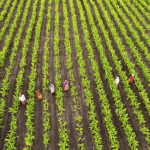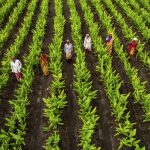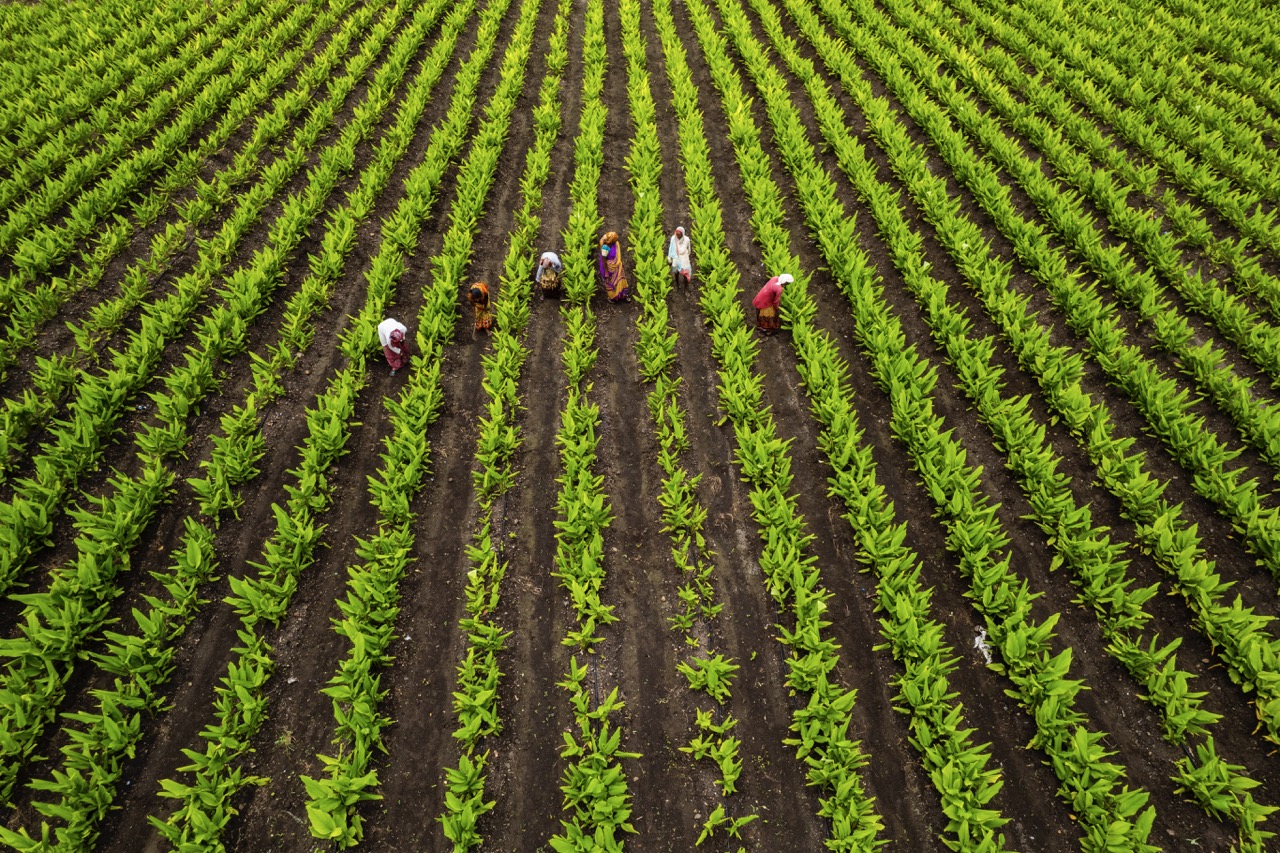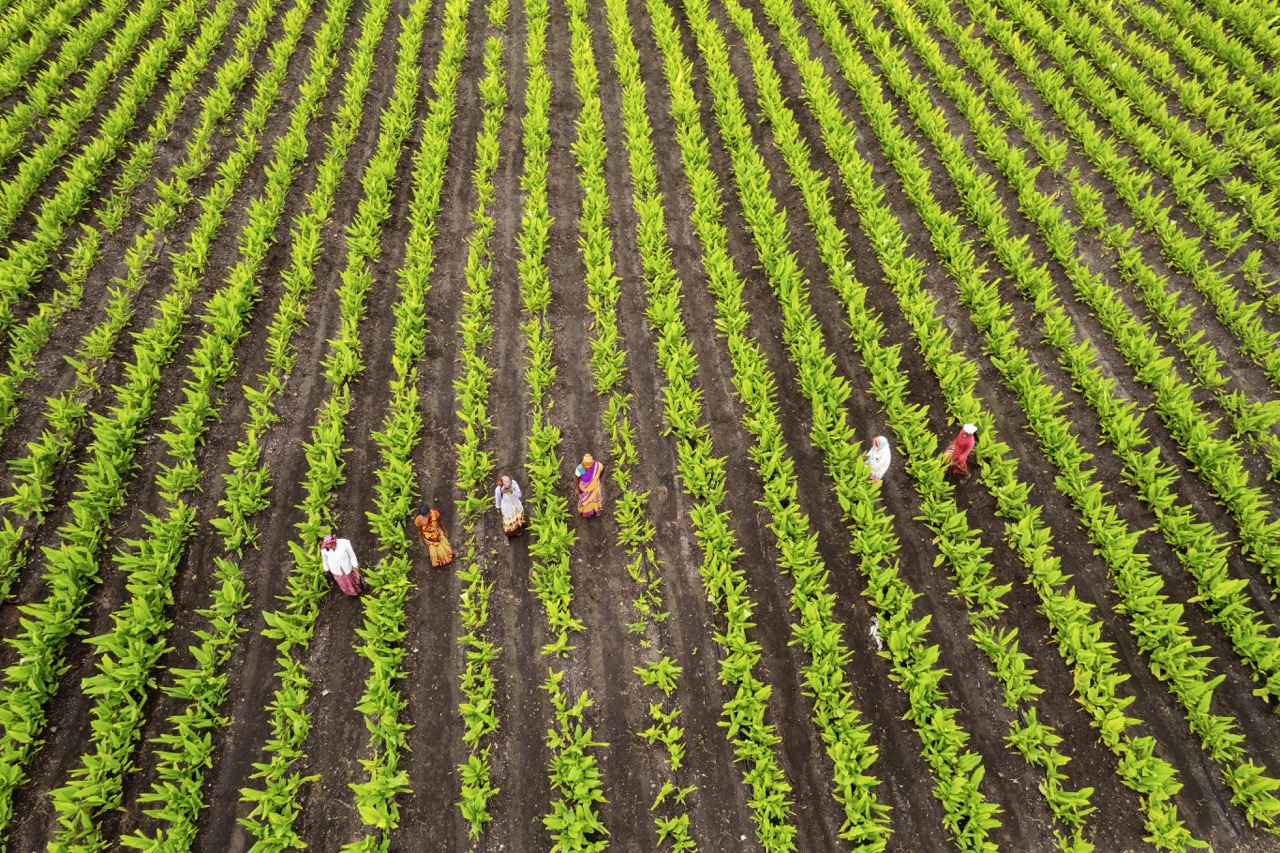Permaculture, a sustainable agricultural design system, aims to create self-sufficient ecosystems that utilize natural patterns and processes. For sharecroppers—farmers who cultivate land owned by another party in exchange for a share of the produce—integrating permaculture principles can yield not only environmental benefits but also enhance productivity and economic stability. This article explores how permaculture concepts can be effectively woven into sharecropping arrangements, providing a pathway for sustainable farming practices that benefit both the earth and the farmers involved.
Understanding Permaculture: A Guide for Sharecroppers
Permaculture is rooted in the observation of natural ecosystems and the sustainable practices that arise from them. It emphasizes the importance of biodiversity, resilience, and the interdependence of various biological and human systems. For sharecroppers, understanding the core tenets of permaculture can provide a framework for creating a more sustainable agricultural system. This involves not just focusing on crop yields but also considering the health of the entire agro-ecosystem, including soil, water, and local wildlife.
At its heart, permaculture advocates for thoughtful planning and design that utilizes natural resources efficiently. Sharecroppers can benefit from this perspective by employing practices that nurture the land rather than deplete it. This might involve rotating different crops to maintain soil health, using organic fertilizers, and creating habitats for beneficial insects. By adopting permaculture principles, sharecroppers can work towards achieving a balance between productive agriculture and environmental stewardship.
Furthermore, embracing permaculture encourages community involvement and knowledge-sharing among sharecroppers. Local networks can often provide insights and resources that enhance the implementation of permaculture practices. Establishing connections with other farmers can lead to collaborative efforts in crop management, pest control, and soil enhancement, ultimately fostering a sense of community that strengthens the sharecropping model.
Key Principles of Permaculture in Agricultural Practices
One of the foundational principles of permaculture is "observe and interact." For sharecroppers, this means taking the time to understand the specific environmental conditions of the land they work on, including soil composition, climate, and local flora and fauna. By observing these factors, sharecroppers can make informed decisions about which crops to plant and how to care for them, ensuring that their practices align with the land’s natural rhythms.
Another essential principle is "use and value diversity." This principle encourages the cultivation of a variety of crops and the inclusion of companion planting strategies. For sharecroppers, diversifying crops can not only mitigate the risks associated with monoculture—such as pest outbreaks and soil depletion—but also enhance yields and provide a more stable income stream. Furthermore, employing practices like intercropping can promote beneficial relationships between different plants, leading to healthier ecosystems.
Lastly, the principle of "catch and store energy" can be particularly applicable for sharecroppers. This involves designing systems that capture natural resources, such as rainwater harvesting systems and composting organic waste. By utilizing these resources effectively, sharecroppers can reduce their reliance on external inputs, decrease costs, and enhance the sustainability of their agricultural practices. These principles not only help in improving farm productivity but also contribute to a more sustainable and resilient agricultural environment.
Strategies to Integrate Permaculture in Sharecropping Models
To effectively integrate permaculture into sharecropping, farmers can start by conducting a comprehensive assessment of their land and surrounding ecosystems. This assessment can identify the strengths and weaknesses of the current agricultural practices and highlight opportunities for applying permaculture principles. Sharecroppers can then develop a permaculture design plan that outlines specific strategies for implementing these principles over time.
Training and education play a crucial role in this integration process. Sharecroppers should seek out workshops, courses, and resources on permaculture methods, focusing on soil health, water conservation, and biodiversity. Partnering with local extension services or permaculture practitioners can provide valuable guidance and support. Creating a peer-learning network can also facilitate knowledge sharing and encourage innovative solutions to common challenges faced by sharecroppers.
Finally, establishing long-term relationships with landowners can enhance the success of permaculture strategies in sharecropping. By fostering open communication and collaboration, sharecroppers can negotiate terms that allow for sustainable practices. For instance, landowners may be more willing to invest in infrastructure that supports permaculture methods, such as building soil and water conservation systems, if they understand the long-term benefits for both parties involved.
Benefits of Applying Permaculture to Sharecropping Systems
The integration of permaculture principles into sharecropping systems can yield substantial environmental benefits. By focusing on sustainable practices, sharecroppers can contribute to the restoration of soil health, improved water retention, and enhanced biodiversity. These ecological improvements not only benefit the immediate farming environment but also contribute to the broader goals of sustainable agriculture and climate resilience.
From an economic standpoint, permaculture can create more stable and diverse income streams for sharecroppers. By diversifying crops and implementing sustainable production methods, farmers can reduce their dependency on single crops and mitigate the financial risks associated with market fluctuations. Additionally, the reduced reliance on synthetic fertilizers and pesticides can lead to lower input costs, further enhancing profitability.
Moreover, the community aspect of permaculture fosters stronger social networks among sharecroppers and landowners. These connections can lead to collaborative marketing efforts, shared resources, and a greater collective voice in advocating for sustainable agricultural practices. As a result, sharecroppers who embrace permaculture may find themselves not only improving their own livelihoods but also contributing to the health and sustainability of their communities and the environment.
Incorporating permaculture principles into sharecropping practices presents an opportunity for sustainable agricultural development that benefits both farmers and the environment. By understanding the core principles of permaculture, developing appropriate strategies, and fostering community relationships, sharecroppers can enhance their agricultural systems. The journey towards sustainable farming requires commitment and collaboration, but the potential rewards—both ecological and economic—make it a worthwhile endeavor. As the agricultural landscape continues to evolve, embracing these holistic practices may be essential for ensuring the viability and resilience of sharecropping in the future.










